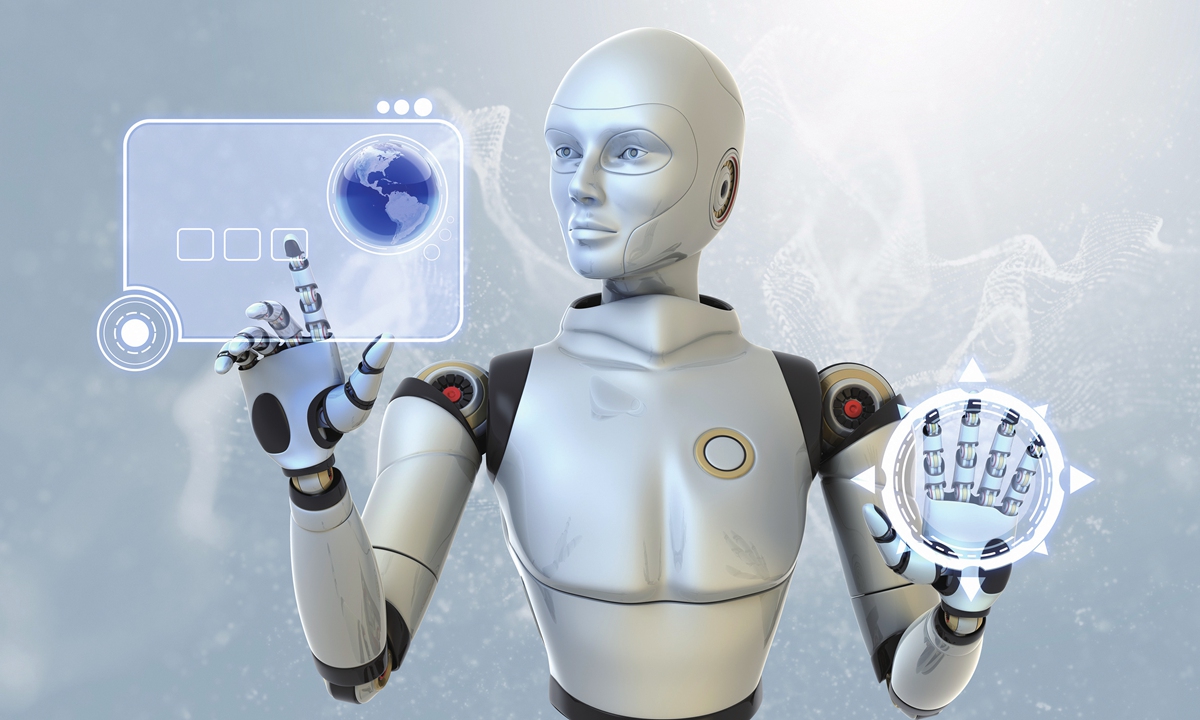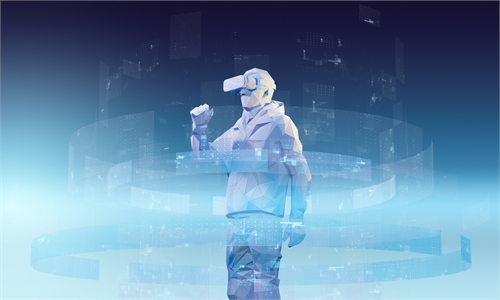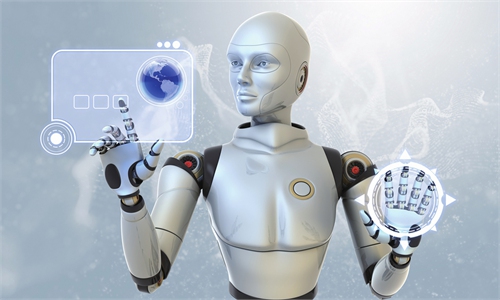
Photo: VCG
The humanoid robot industry has been busy lately, with China's UBTECH Robotics and various overseas firms unveiling recent progress they have made. Experts said the strong development momentum of China's robot industry and continuous breakthroughs in basic core technologies have laid solid foundations for the industrial development of humanoid robots.
Shenzhen-based UBTECH Robotics has successfully developed humanoid robots that can be used at a new-energy vehicle (NEV) factory, the company said in a statement sent to the Global Times on Monday.
Standing 1.7 meters tall, the robot, named Walker S, is developed for industrial applications, and it is able to assist in assembly and quality inspection work at an NEV factory, the company said. Equipped with 41 high-performance servo joints and a full range of perception systems, the robot utilizes its real-time image capture and transmission capabilities to work on factory assembly lines in a precise, safe and synchronized manner.
It marks the world's first case of a humanoid robot built to collaborate with humans to complete assembly and quality inspection operations in an automobile factory. Experts said it showed that China has made significant progress in AI advancement and high-quality development of its robotic industry.
Behind simple tasks are technological strength. "It fully demonstrates China's strength in this field," Wang Peng, an associate researcher at the Beijing Academy of Social Sciences, told the Global Times on Monday.
Likewise, an increasing number of overseas technological giants have unveiled their recent efforts in developing humanoid robot products. For example, engineers at Figure AI, an American tech startup backed by OpenAI and Microsoft, are working on a robot called Figure 01 that looks and moves like a human. The company said it hopes its product will be able to perform dangerous jobs that are unsuitable for people and that its technology will help alleviate labor shortages, Bloomberg reported.
Humanoid robot development, an emerging industry that has great potential and incorporates a variety of advanced technologies, such as artificial intelligence (AI), high-end manufacturing and new materials, has received widespread attention and competition has become fierce around the world, Wang said, noting that a turning point in the humanoid robot industry is about to come.
The robot market has broad opportunities as the global labor shortage has become more severe. Companies are getting more assistance now from human-like robots, and according to the International Federation of Robotics, the sector's compound annual growth rate is projected at 71 percent from 2021 to 2030.
According to Wang, the strong development momentum of China's robot industry and continuous breakthroughs in basic core technologies have laid solid foundations for the industrial development of humanoid robots. Data from the Chinese Institute of Electronics indicates that China's humanoid robot market will be worth 870 billion yuan ($121 billion) by 2030.
"We have seen the resolve of the Chinese government in promoting innovation in the humanoid robot industry as it has mapped out the blueprints for the sector," said Wang. According to a guideline issued by the Ministry of Industry and Information Technology in November 2023, China will strive to establish a preliminary innovation system for humanoid robots by 2025, amid the country's push to develop the emerging industry.
The country aims to have a number of small and medium-sized enterprises that specialize in the humanoid robot market and have cutting-edge technologies, along with two or three humanoid robot companies with global influence by 2025, the Xinhua News Agency reported.
In addition to being used in manufacturing sectors, humanoid robots are expected to be used in the educational, entertainment and household service sectors as well, said Wang.





